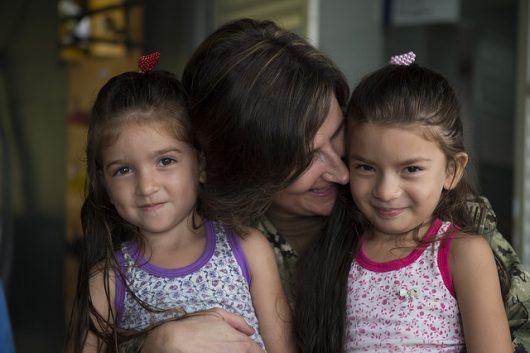
Founded in 2013, The Malala Fund has taken many steps towards improving education for girls across the globe. To do this, members of the initiative have invested time in local education, advocated for policy changes and an increase in resources and by providing a voice through their own publications and newsletters. As it is now, The Malala Fund has made substantial progress in Syria, Pakistan, Nigeria, India and Afghanistan. More recently, they have made movements towards ensuring approximately 12 years of education reaches girls in Brazil.
According to CNN, Brazil has the eighth largest economy in the world, but despite this, millions of girls are still denied access to education. Reasons that are perhaps correlated with this are poverty, which often results in exploitation, under-representation in government and unequal wages due to discrimination against gender and/or race. Another potential factor contributing to low education is safety concerns since rates for sexual abuse against girls are high. In 2015, 6,706 of 17,871 registered cases of sexual assault against women were attacks on children between the ages of zero and 12.
Apple Teams Up With The Malala Fund
The goal of The Malala Fund is to reach more than 100,000 girls and provide them with the necessary materials they need to become leaders and educators in their region. To make this possible, Apple and The Malala Fund has teamed up together to bring education to girls in Brazil.
Apple and The Malala Fund’s partnership mainly involves on providing financial resources to The Gulmakai Network, a group of “champions” in developing countries that work to speed up the process of ensuring every girl gets an education. Particularly in Brazil, the Gulmakai champions are tasked with not only making sure girls can access education but also educating teachers on discrimination and training young women to be more vocal about their rights.
Technology Used To Improve Education
Apple will be assisting in the form of technology, curriculum, research and grants that will be available to local advocates. Perhaps playing the biggest role is the Apple Developer Academy. The Apple Developer Academy program in Brazil is currently educating students by connecting them to other locations globally and mobilizing them to ensure that they are developing products that are useful.
Now, through this partnership, current students will be learning and using their skills in Swift (Apple’s programming language), graphics, and many more to tackle the education problem in Brazil. Specifically, students in these academies have been tasked with designing and developing apps with the purpose of enhancing the overall experience of obtaining an education. They are also encouraged to develop means of safe, secure communication for the Gulmakai champions as they empower girls and advocate.
With the help of Apple, its academy students and alumni, The Malala Fund hopes that every girl will be able to choose her own future and follow her own path whether it be to become a business tycoon, a dancer, an educator etc. Apple and The Malala Fund hope that they can successfully present this golden opportunity to girls in the safest way possible at the highest quality, so they don’t have to live in fear like so many others.
– Stephanie Singh
Photo: Flickr


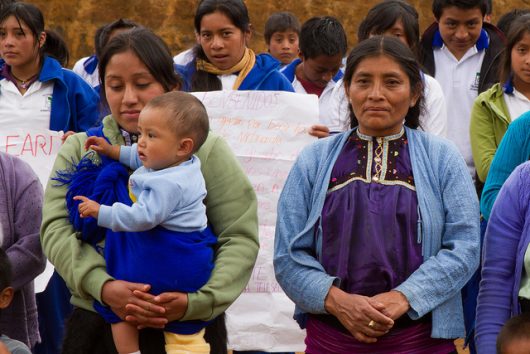
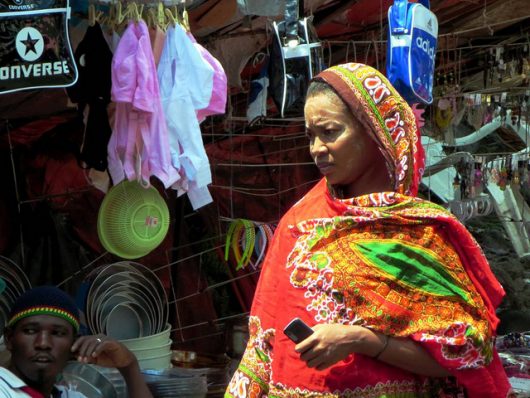
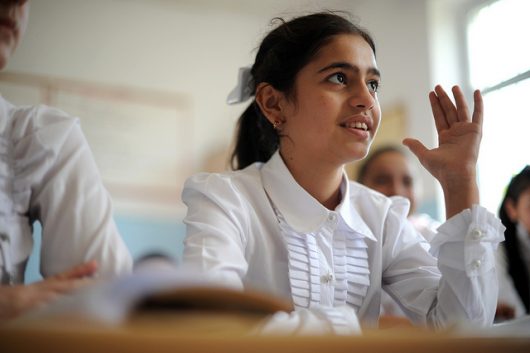
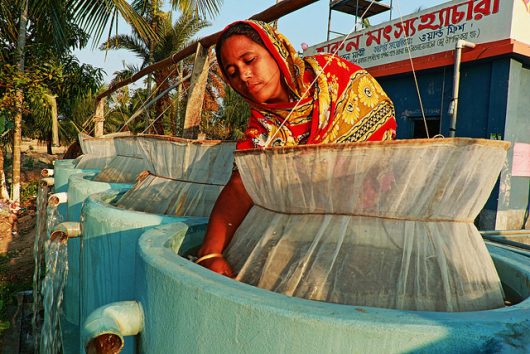

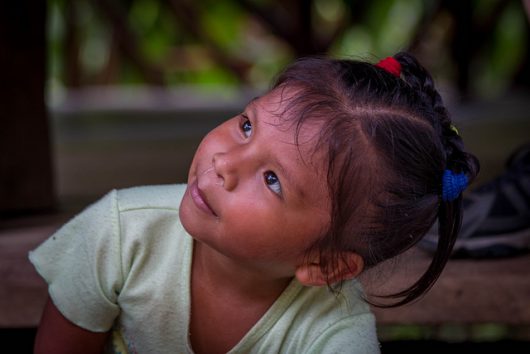
 The “Brain Drain” is the migration of professionals from one country to another in search of a higher standard of living. In 2000,
The “Brain Drain” is the migration of professionals from one country to another in search of a higher standard of living. In 2000, 